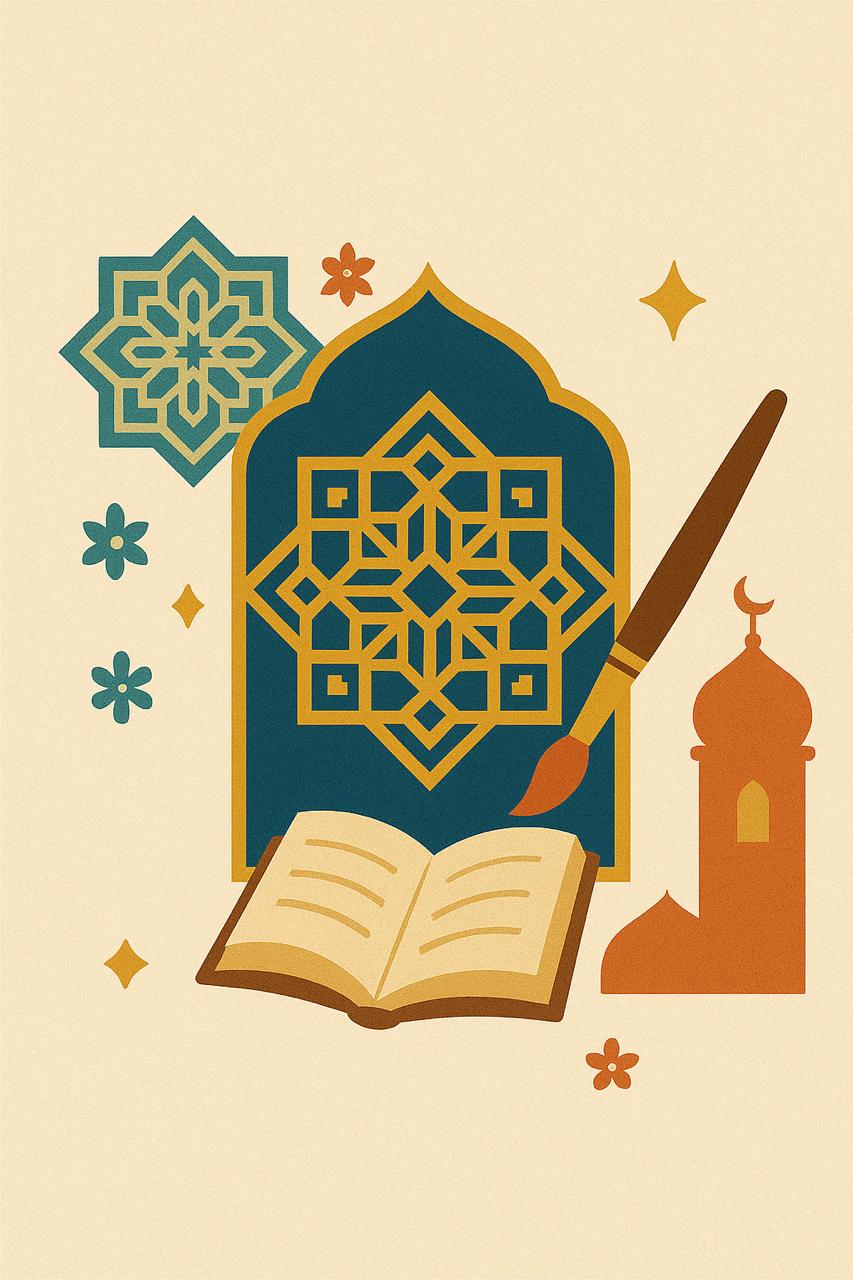This training course offers a comprehensive study of Islamic arts that flourished in Egypt from the advent of Islam up to the era of the Muhammad Ali Dynasty.
Trainees will explore the evolution of artistic styles, decorative motifs, and traditional crafts such as ceramics, woodwork, metalwork, and stained glass. The course also includes analysis of the aesthetic values and symbolic meanings embedded in these arts.
It is an integrated opportunity to understand Islamic art from historical, aesthetic, and cultural perspectives, with a particular focus on its development in Egypt — a country that, for many centuries, served as a major cultural and artistic center in the Islamic world.
The course presents an analytical perspective on the role of religion, politics, local environment, and cultural exchange in shaping Islamic arts in Egypt.
By the end of this course, participants will be able to:
– Gaining knowledge of the historical stages that Islamic arts in Egypt have undergone, and identifying the characteristics of each era.
– Distinguishing artistic and decorative styles in applied arts (woodwork, metalwork, glass, ceramics, etc.).
– Understanding the symbols and visual meanings in Islamic art, such as Arabic calligraphy, vegetal and geometric ornamentation.
– Analyzing renowned Egyptian artistic models through theoretical study.
– Learning about traditional techniques used in the production of Islamic arts.
– Acquiring documentation and artistic analysis skills that qualify the trainee to work in restoration, guiding, or academic research.
– Developing awareness of the importance of preserving Islamic artistic heritage in Egypt and its role in enhancing cultural identity.

